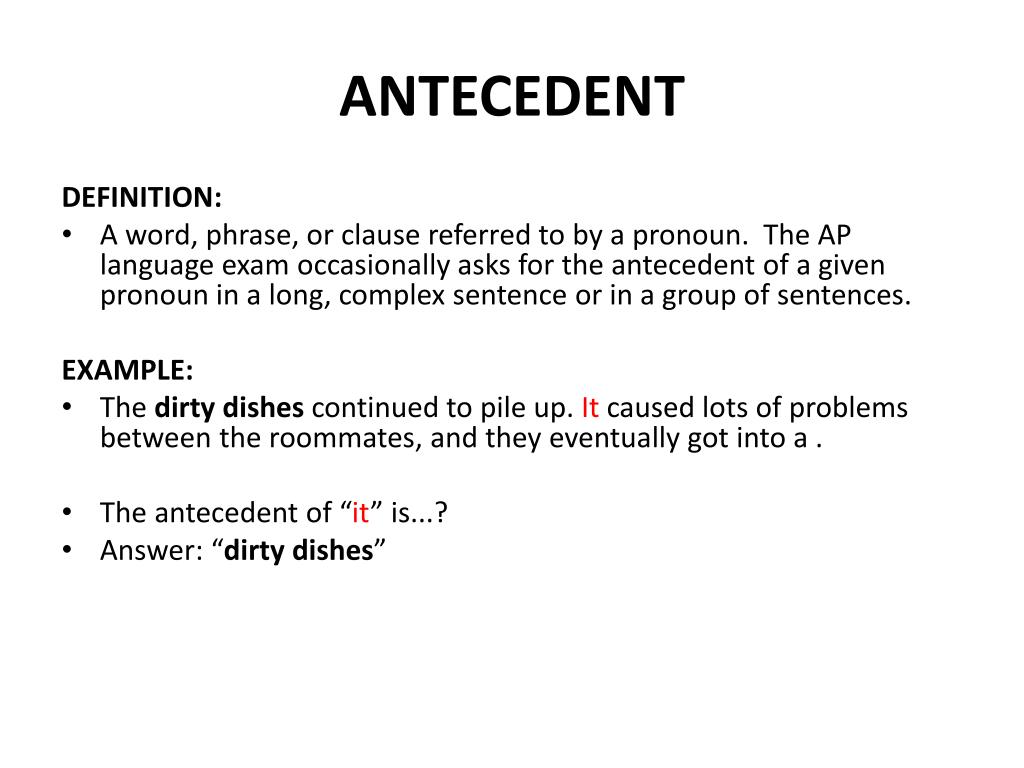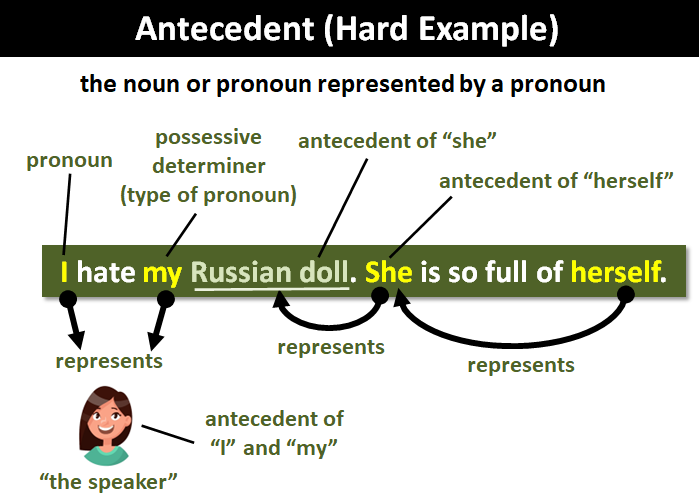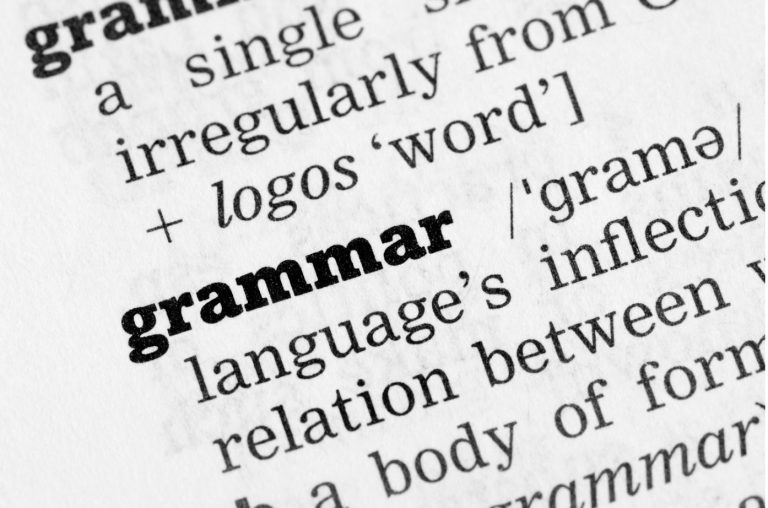What is an Antecedent in Grammar? Definition and Examples
Grammar can be a tricky thing to understand, especially when it comes to identifying and using antecedents. In this article, we tell you everything about them.
What is an Antecedent in Grammar?
An antecedent is a noun, pronoun, or phrase that comes before another pronoun in a sentence. The pronoun, which refers back to the antecedent, helps to avoid repetition and makes the writing flow more smoothly.
Antecedents are an essential part of proper grammar. Without them, we would have awkward and confusing sentences. For example, consider the following sentence, “John went to the store, he bought some chips.” This sentence is incorrect because there is no antecedent for the pronoun “he.” If we add the antecedent, the correct sentence would be, “John went to the store, and he bought some chips.”

It is crucial to ensure that there is clarity in our sentences, and using antecedents is one way to achieve that. If we do not use antecedents, communication can become difficult, leading to misunderstandings and confusion.
Another example of bad grammar is when the antecedent does not match the pronoun used. Consider the sentence, “Kelly went to the mall, and they bought a new dress.” This sentence is grammatically incorrect because “they” is a plural pronoun, while “Kelly” is a singular noun. Thus, a correct version of the sentence would be, “Kelly went to the mall, and she bought a new dress.”
In some cases, antecedents can be demonstrated through pronouns alone. For example, instead of saying, “Anna went to the store, and Anna bought some milk,” we can use a pronoun to avoid repetition, “Anna went to the store, and she bought some milk.”
What is an Antecedent in Complex Sentences?
We can further understand the concept of antecedents in more complicated sentences. Consider this example, “After Mary finished her lunch, she decided to go for a walk.” In this sentence, “Mary” is the antecedent for the pronoun “she.” The sentence is constructed in a way that the pronoun “she” can only refer to Mary since there is no other noun or pronoun in the sentence that can serve as an antecedent.
In some cases, an antecedent can be an entire clause or phrase. Consider this sentence, “The book that was on the table belonged to my brother.” The antecedent in this sentence is the phrase “that was on the table,” which refers back to the book.
It is essential to note that some words, such as “it,” “they,” and “this,” can be ambiguous or confusing in some scenarios. For instance, consider the following sentence, “I asked John to bring me a book, but he forgot it.” In this sentence, “it” could refer to either “the book” or “my request.” Thus, to avoid ambiguity, we should strive to use specific nouns where possible, rather than pronouns.
Without antecedents, a sentence may become unclear or ambiguous. Consider the following sentence, “The cat is very cute. He likes to play with a ball.” In this case, the pronoun “he” has no antecedent. We do not know whether the sentence is referring to the cat or a different male character. Therefore, using antecedents reduces ambiguity and makes the sentence clearer.

As a writer, it is important to use antecedents appropriately. One of the mistakes many writers make is the use of indefinite pronouns such as “everybody,” “anyone,” “someone,” and “no one.” These pronouns can be tricky because they do not have specific antecedents. They often refer to groups of people instead of individual people. For instance, consider the sentence, “Everyone should bring their own lunch.” In this case, “Everyone” is the vague pronoun. We do not know whether the author is referring to men, women, children, or pets.
However, as time has evolved, the use of gender-neutral pronouns is becoming increasingly popular. This is aimed at establishing equality and inclusivity in language use. Nonparallel antecedents used in gender-neutral pronouns have been a topic of discussion.
Consider the following sentence; “Everyone should bring their own lunch. They can eat with whoever they like.” In this case, the problem arises with the use of “they,” which is both plural and singular, and a good example of bad grammar. A better solution is to use a gender-neutral pronoun such as “he” or, “she”. These pronouns have specific antecedents and refer to individuals in particular.
Furthermore, antecedents can be explicitly or implicitly stated in a sentence. Explicit antecedent refers to situations where the noun or pronoun is mentioned explicitly in the sentence. On the other hand, implicit antecedents are nouns or pronouns that are not explicitly stated. In this case, the context of the sentence can help predict the noun or pronoun being referred to. Consider the following sentence, “I went to bed early because I was exhausted.” In this case, the antecedent “I” refers to the subject, which is the speaker of the sentence, while “exhausted” refers to the state of being tired.
Conclusion
To summarize the answer to the question “what is an antecedent in grammar?”, the use of antecedents is essential in reducing ambiguity, promoting clarity, and improving communication. As a writer, it is important to use antecedents correctly to avoid bad grammar and ensure clear communication. The use of gender-neutral pronouns has also become popular and should be employed where necessary to promote inclusivity and diversity in language use.
At WriterArmy we take pride in our grammatically correct content. If you need help further in answering what is an antecedent in grammar, look no further! Our simple focus is on producing valuable content and content marketing strategies that initiate growth. If you would like to get in touch with us, feel free to book a call. We would love to help!








